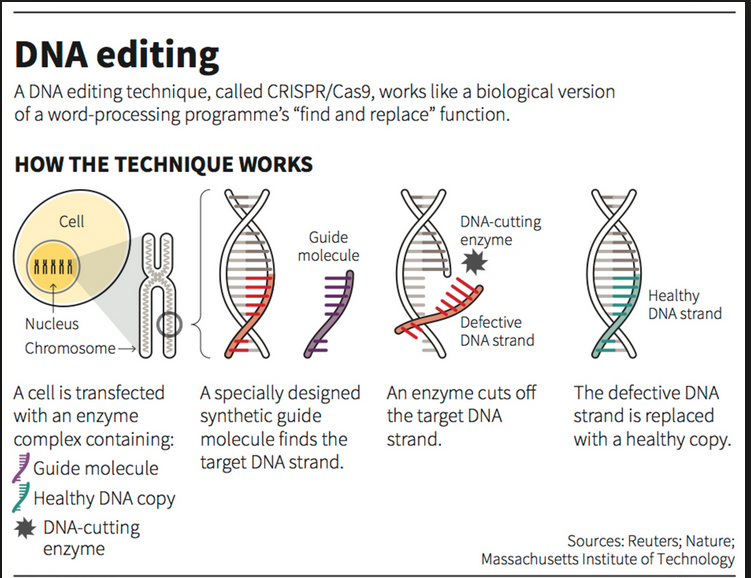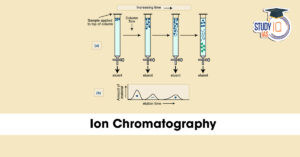Table of Contents
Context: In the US, a baby suffering from carbamoyl phosphate synthetase 1 (CPS1) deficiency was healed with the world’s first personalised CRISPR-based gene editing treatment.
What is Carbamoyl Phosphate Synthetase 1 (CPS1) Deficiency?
- CPS1 deficiency is a rare genetic metabolic disorder that affects the urea cycle, the process by which the body removes excess nitrogen (ammonia) from the blood.
- Cause: A mutation in the CPS1 gene, which produces an enzyme needed to break down ammonia in the liver.
- Effect: Without this enzyme, ammonia builds up in the bloodstream, leading to ammonia toxicity, which can damage the brain and be life-threatening.
- Symptoms: Poor feeding, vomiting, lethargy, seizures, coma, and in severe cases, death—especially during stress, illness, or high protein intake.
- Incidence: It is extremely rare, affecting roughly 1 in 1 million
What is Gene Editing Treatment?
- It involves changing an organism’s DNA to correct genetic defects, modify how genes are expressed, or introduce new genetic material.
- It holds promise for treating difficult-to-manage conditions such as sickle cell anaemia, cystic fibrosis, and certain types of cancer.
- It targets mutated genes and changes their DNA sequence so the body can produce normal, functional proteins.
- Used especially for rare or inherited diseases where conventional drugs cannot address the root genetic cause.
What is CRISPR-Based Gene Editing Treatment?
- CRISPR (Clustered Regularly Interspaced Short Palindromic Repeats) is a revolutionary gene-editing technology.
- It acts like molecular scissors: guided by a piece of RNA, CRISPR targets a specific sequence in the DNA and cuts it at a precise location.

Two key components
- Cas9, an enzyme acting as ‘molecular scissors‘ to cut DNA at specific locations.
- Guide RNA (gRNA), designed to direct Cas9 to a precise genome spot.
- The gRNA binds to a matching DNA sequence, guiding Cas9 to make strategic cuts.
- This allows scientists to:
- Delete a faulty gene
- Insert a healthy gene
- Or correct a single incorrect “letter” (nucleotide) in the DNA code
In KJ’s Case
- Doctors identified the exact faulty genetic code causing CPS1 deficiency.
- They used CRISPR to flip a single incorrect DNA letter to the correct one.
- This is customised (bespoke) gene therapy, offering potential lifelong correction of the genetic defect.


 Advanced Air Defence Radars: Types, Comp...
Advanced Air Defence Radars: Types, Comp...
 Ion Chromatography, Working and Applicat...
Ion Chromatography, Working and Applicat...
 Broadly Neutralising Antibodies (bNAbs):...
Broadly Neutralising Antibodies (bNAbs):...

























